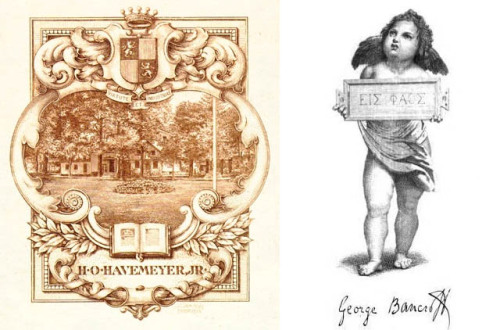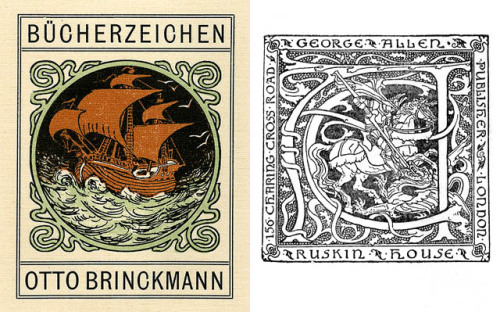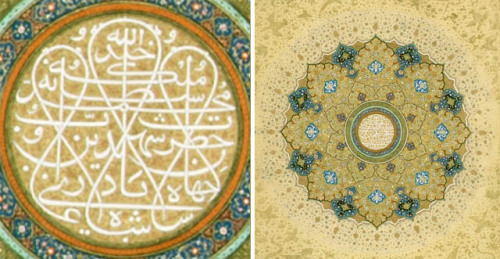#sanskrit
TheKharoṣṭhī script is an ancient script used by the ancient Gandhara culture of South Asia primarily in modern-day Afghanistan and Pakistan to write the Gāndhārī language (a dialect of Prakrit) and the Sanskrit language. An alphasyllabary, it was in use from the middle of the 3rd century BCE until it died out in its homeland around the 3rd century CE.
[Image: Kharoṣṭhī manuscript from the kingdom of Shanshan / Loulan, China]
Source: Wikipedia
Post link
How might one search for attestations for languages that aren’t Englishes? I’m especially looking for a way to find chronology of attestations My current curiosity is when Sankalpam was borrowed into Malayalam
OmManiPadmeHum
.
.
.
#om #ommanipadehum #prayer #meditation #meditate #sanskrit #mantra #bodhisattva #flowers #flowerenthusiast #flowerphotography #natureshot #geenphoto #blumen #flos #fleur #lotus #buddha #buddhisttemple #temple #zen #lotusjewels #floralaesthetic #tibetan #compassion #avalokitesvara
https://www.instagram.com/p/CEhmgfql8Pk/?igshid=d2dponlauw1t
Post link
Wherever you go, there will be profit.
You will find victory in all that you wish for.
Whatever desires you think of, you will certainly obtain them
https://www.instagram.com/p/CD7bT7plQJI/?igshid=l26g99oulzf0
@miisssmarla
#prayer #lotus #lotusjewel #padmalakshmi #padma #flowerenthusiast #flowerstalker #houseplants #dhyana #guru #flowerphotography #flowers #yogi #yogini #vida #rishi #flowersofinstagram #thejewelinthelotus #shakti #sat #pinkaesthetic #pink #aesthetic #prosperity #sanskrit #samsara #ommanipadmehum #bhakti (at Washington, District of Columbia)
https://www.instagram.com/p/CD7bT7plQJI/?igshid=13amxm4w1zi9q
Post link
Gaviṣṭi
The movie Arrival consisted mostly of trying to figure out the language of some aliens who landed on Earth. The main character of this movie is a linguist, played by Amy Adams, tasked with figuring out the alien language in order to convey friendly intentions to them. At the beginning of the movie, when she is recruited for this task, she is painted as someone who is foremost in the field of linguistics. When the government official who recruited her is on his way out of her office, she asks the official to test the next person who is being recruited for the mission with the question “what is the Sanskrit word for ‘war’?” The response she received to this question when arriving at the military base is “gaviṣṭi,”which she says means ‘a desire for cows.’ This is, indeed, what it literally means. “go” (“cow”) when combined with “iṣṭi”becomes a dative tatpuruṣa compound meaning “a desire for cows”. However, the dialogue in the movie does not entirely capture the contextual nuances of this word. According to Monier-Williams, the word gaviṣṭi,in the context of the Rg Veda, does actually mean “a desire for war,” along with its literal meaning “a desire for cows.”
Why was this Sanskrit included in the movie? My initial thought was that it gave a stamp of approval to the main character’s legitimacy as a linguist. The inclusion of Sanskrit in the movie banks on the assumption that Sanskrit is a difficult language, and that knowing it is an indication that one is an expert linguist. Further, the usage of the Vedic word for “a desire for war” rather than the many other (not as contextually nuanced) words which can mean “war” also serves to show the depth of both of the linguists’ experience with and fluency in different types of Sanskrit. This detail, however, would not have been evident to a viewer who had had no previous experience with Sanskrit. But, it does show a willingness of the writers of the movie to invest time in the details of the Sanskrit that they included, rather than just throwing whatever stereotype they wanted into the works.
However, even if Sanskrit was fitting in the context of the plot of the movie and conveys the expertise of the linguists, there are hundreds of other incredibly difficult languages on the planet. Why would Sanskrit be needed in an interaction with aliens? One possibility is that Sanskrit has taken on such a (problematic) connotation of exoticism that it has essentially become “alien” and thus applicable in interactions with aliens themselves.
It’s a callback to the themes of the original short story
Post link
zero (17c), from the French zéro, via the Italian zero, via the Medieval Latin zephirum, via the Arabic sifr, ultimately from the Sanskrit sunya-m, meaning “empty place, desert, naught.”
The concept of zero was invented separately by four civilizations: the 2100c BCE Babylonians, the 1c Chinese, the 4-9c Mayans, and 9c Indians. Zero conceptually requires a positional number system: eg. a ones place, tens place, hundreds place, and so on. Systems like the Romans’ were additive: they functionally counted, with less or no reliance on the position of the numbers, eg. V for five, C for one hundred. Old English had no specific numerical writing system, simply number words that tended to be used adjectivally: eg., “I have ten fingers.” Our current “Arabic numeral” system was invented in India in 6c, and introduced to Europe by Arabic-speakers in 10c.
sugar (13c), from the Old French sucre, via the Medieval Latin succarum, via the Arabic sukkar, via the Persian shakar, via the Sanskrit sharkaraoriginally meaning “grit” or “gravel.”
serendipity (1754), coined by Horace Walpole, from the Persian fairy tale “The Three Princes of Serendip,” who encountered many discoveries through chance. Serendip was the old name for Sri Lanka, via the Arabic Sarandib, from the Sanskrit Simhaladvipa, meaning “Dwelling-Place-of-Lions Island.”
orange (14c), originally the fruit.
Old French orange, orenge
Medieval Latin pomum de orenge
Italian arancia, narancia
Arabic naranj
Persian narang
Sanskrit naranga-s
Ginger (14c), is from the Old English gingifer/gingiber, via the Late Latin gingiber, via the Latin zingiberi, via the Greek zingiberis, via the Prakrit singabera,via the Sanskrit srngaveram.
Gingerbread (13c) was originally gingerbrar, from the Old French ginginbrat, meaning “ginger preserve.” It was changed to gingerbrede in 14c via folk etymology.
@vio.le.tatu will be back with us in April for a week
If you want to book time with her write us an email at [email protected]
.
.
.
.
#tattoo #hearttattoo #dotworkers #dotworktattoo #dotwork #anahata #floweroflife #lotustattoo #sanskrit #sanskrittattoo #chakratattoo
#chesttattoo #femininetattoo #delicatetattoo #tattooedwomen #flowertattoo #kunstenpaakroppen #violetabendis #tatovering #ribtattoo
https://www.instagram.com/p/B8dyayOnzVs/?igshid=1aelx64ij5eoq
Post link
















